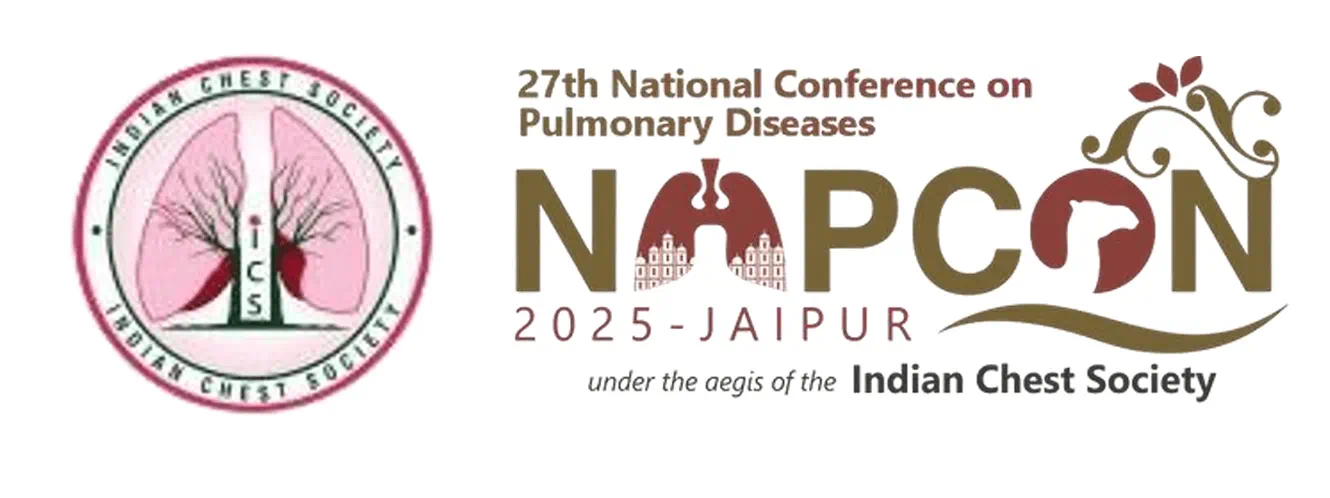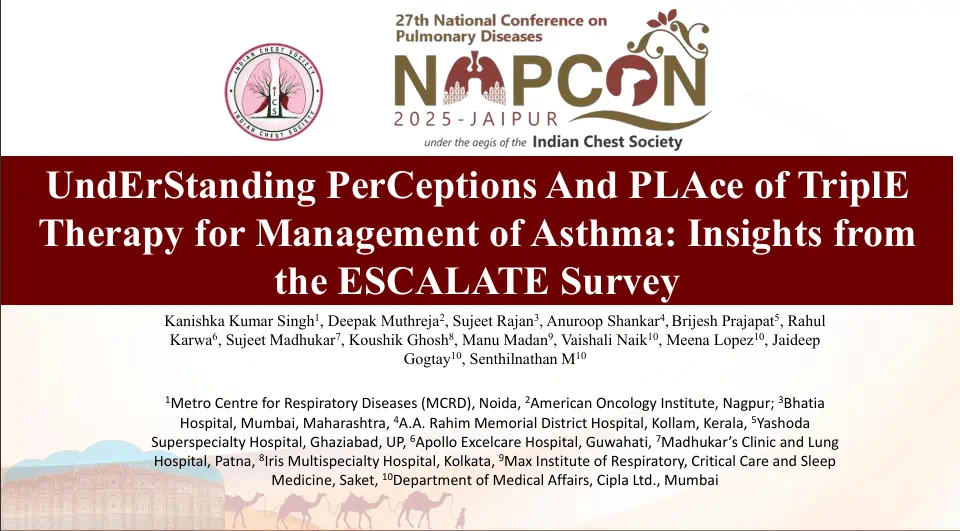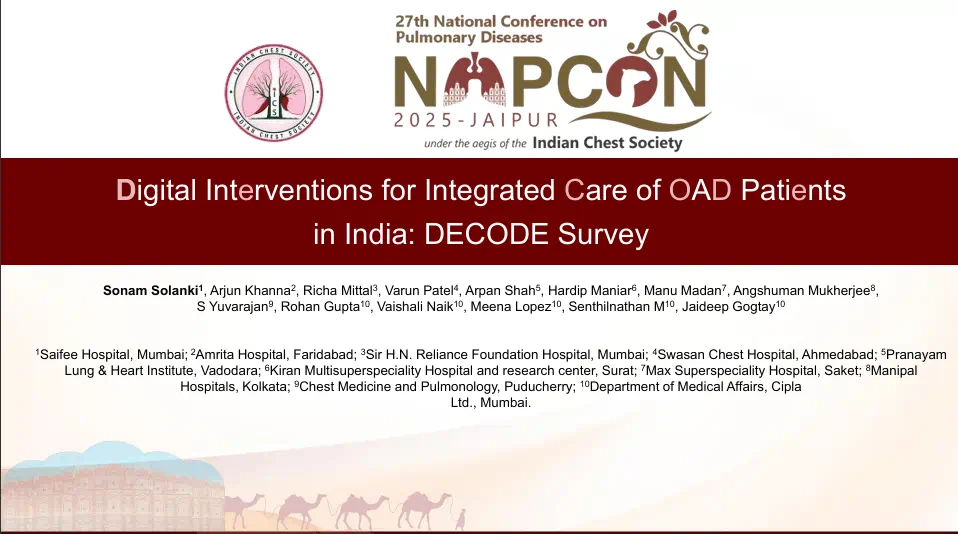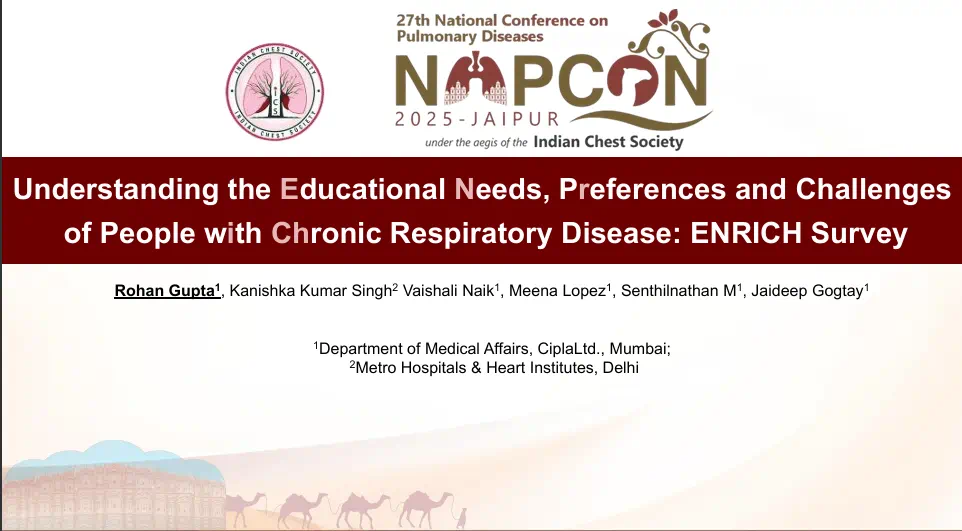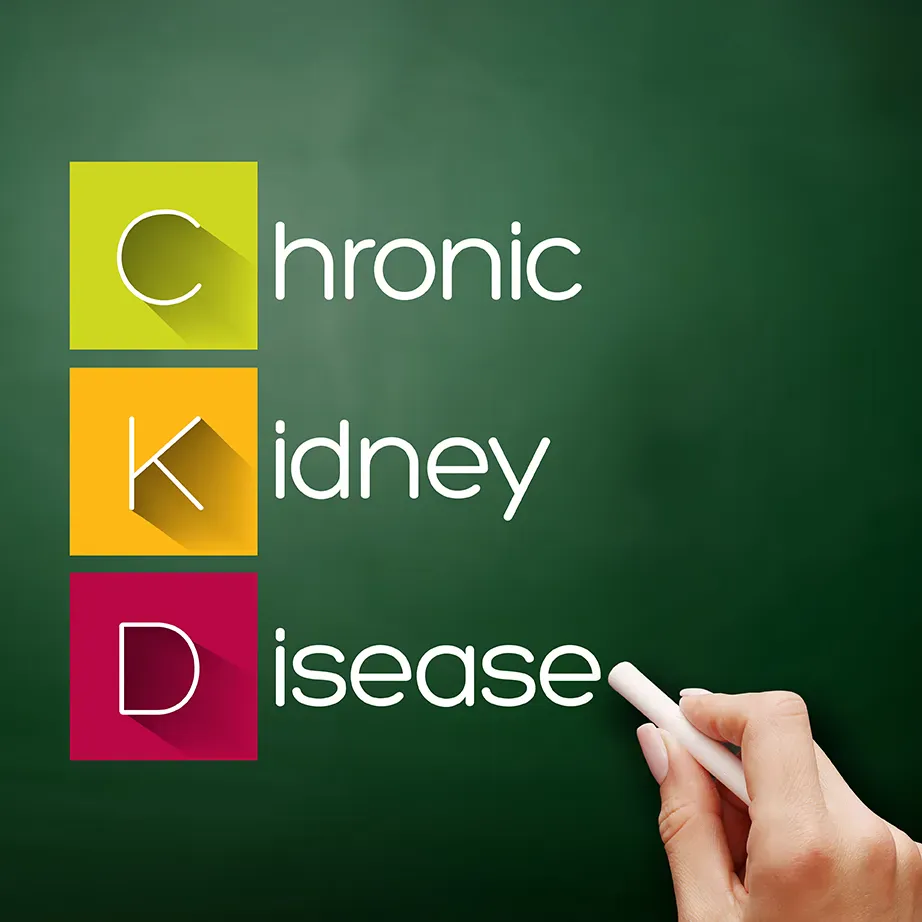Once-Daily Plazomicin vs. Meropenem for Complicated Urinary Tract Infections: EPIC Trial
Introduction
Plazomicin is an aminoglycoside with bactericidal activity against multidrug-resistant (including carbapenem-resistant) Enterobacteriaceae.
Aim
To evaluate noninferiority (margin of 15 percentage points) of plazomicin to meropenem in treatment of complicated urinary tract infections (including acute pyelonephritis)
Patient Profile
- N=609
- Clinical symptoms of a complicated UTI or acute pyelonephritis that would require at least 4 days of intravenous (IV) therapy with an antibiotic agent
Methods
- Multicenter, multinational, randomized, double-blind, phase 3 trial
Figure 1: Randomization Chart:
Treatment
- IV therapy as per randomization followed by optional oral step-down therapy (after at least 4 days of IV) for a total of 7 to 10 days
- Most patients (80.6% in the plazomicin group and 76.6% in the meropenem group) received oral step-down therapy, which was primarily levofloxacin
Study endpoints
Primary: Composite cure (clinical cure and microbiologic eradication) at day 5 and at the test-of-cure visit (15 to 19 days after initiation of therapy)
Secondary:
- Clinical cure and microbiologic eradication at day 5, at end of IV therapy (within 24 hours after the last dose of IV trial drug and before oral therapy), at the test-of-cure visit, and during late follow-up (days 24 to 32)
- Microbiologic response at the test-of-cure visit according to baseline pathogen
Results
Composite Cure
- Plazomicin was noninferior to meropenem in terms of primary efficacy end points:
- Day 5: Composite cure in plazomicin group compared to meropenem group was 88.0% vs. 91.4% (difference: –3.4 percentage points)
- Test-of-cure visit: Composite cure (81.7% vs. 70.1%; difference: 11.6 percentage points)
- Only IV Sub-group: The between-group difference favouring plazomicin was greater in only IV treatment subgroup than the IV + oral subgroup (percentage-point difference, 17.5 vs. 9.6)
Microbiologic Eradication
- Test-of-cure visit: Higher percentage of patients in plazomicin group had microbiologic eradication including
- Eradication of Enterobacteriaceae that were not susceptible to aminoglycosides (78.8% vs. 68.6%)
- Eradication of Enterobacteriaceae that produce extended-spectrum β-lactamases (82.4% vs. 75.0%)
Table 1: Comparison of Endpoints between the Study Groups
|
Time of Assessment and End Point |
Plazomicin |
Meropenem |
Difference |
|
|
(percent) |
percentage points |
|
|
Day 5 |
|
|
|
|
Composite cure |
88.0 |
91.4 |
−3.4 |
|
Clinical cure |
89.5 |
92.4 |
−2.9 |
|
Microbiologic eradication |
98.4 |
98.0 |
0.5 |
|
End of intravenous therapy |
|
|
|
|
Composite cure |
93.7 |
94.9 |
−1.2 |
|
Clinical cure |
96.3 |
96.4 |
−0.1 |
|
Microbiologic eradication |
97.4 |
97.5 |
−0.1 |
|
Test-of-cure visit |
|
|
|
|
Composite cure at 15 to 19 days after start of therapy |
81.7 |
70.1 |
11.6 |
|
Clinical cure |
89.0 |
90.4 |
−1.4 |
|
Microbiologic eradication |
89.5 |
74.6 |
14.9 |
|
Late follow-up |
|
|
|
|
Composite cure |
77.0 |
60.4 |
16.6 |
Recurrence and Relapse
- Late follow-up (24 to 32 days after initiation of therapy): Fewer patients in plazomicin group had microbiologic recurrence (3.7% vs. 8.1%) or clinical relapse (1.6% vs. 7.1%)
Serum Creatinine Levels
- Increase in serum creatinine level of ≥0.5 mg per deciliter above the baseline level: 7.0% in the plazomicin group vs. 4.0% in the meropenem group
- Increase occurred after completion of IV therapy in 3.3% (10 patients) in the plazomicin group and 1.0% in the meropenem group. Of these 10 patients in plazomicin group, 9 had had moderate renal impairment at baseline
- Increases were <1.0 mg per deciliter from baseline and returned to <0.5 mg per deciliter from the baseline by the last follow-up
- Full recovery at last follow-up visit was observed in 81.8% in plazomicin group and 100% in meropenem group
Conclusion
Once-daily plazomicin was noninferior to meropenem for the treatment of complicated UTIs and acute pyelonephritis, including infections caused by extended-spectrum β-lactamase–producing Enterobacteriaceae and Enterobacteriaceae that are not susceptible to other aminoglycosides.
Reference
N Engl J Med 2019;380:729-40


